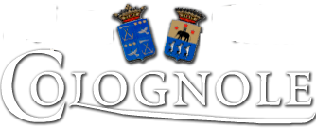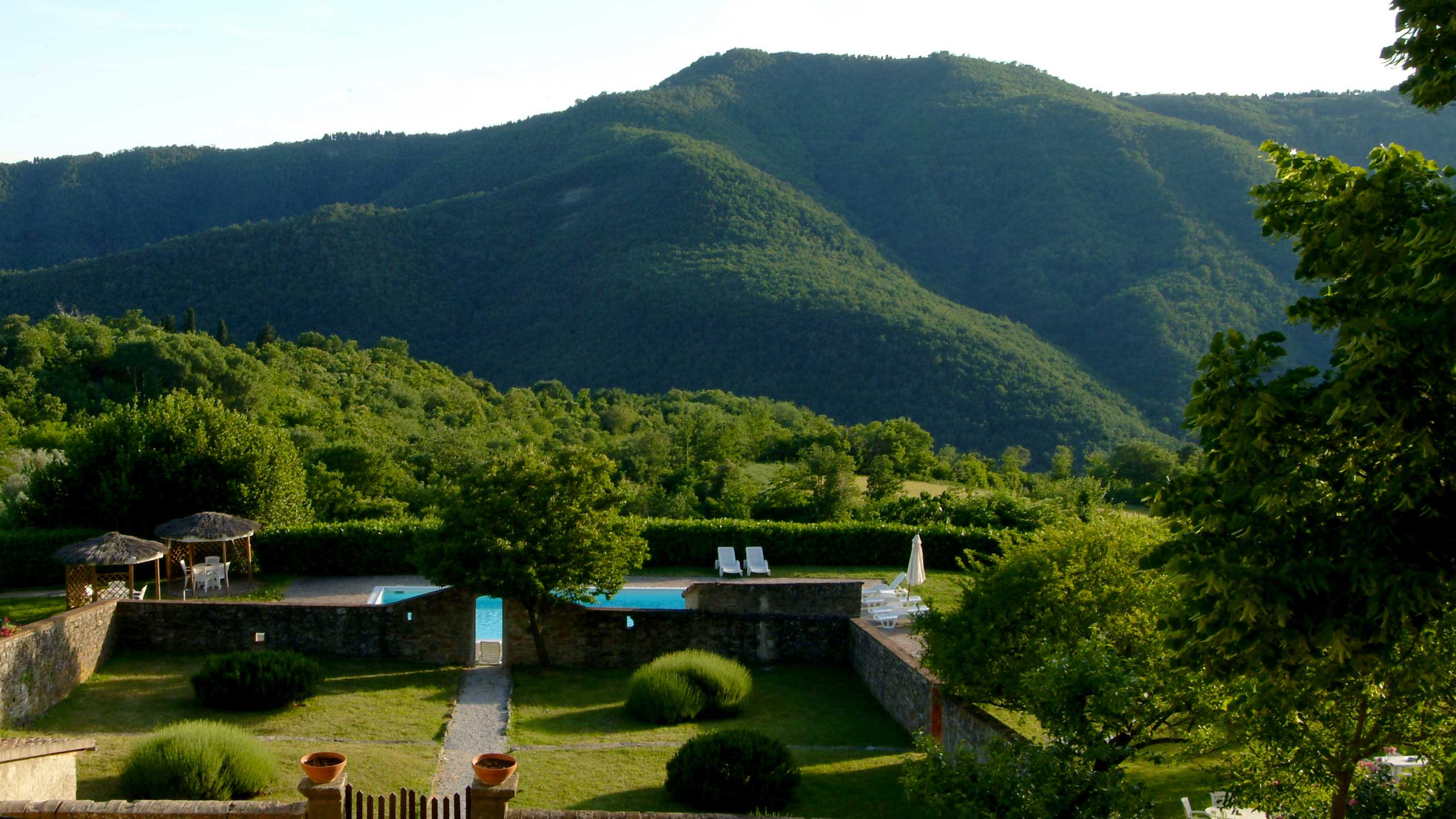
Local Area
Local area
Staying at Colognole means intense pleasure and fully experiencing the tranquillity of the Country Estate, its places and services, or discovering our local corner of earth, its history, culture, and traditions. Or you can choose among the many activities that are available locally in every season
In addition, the region of Chianti Rufina, and the nearly Mugello area, offer enchanted places to visit, where one can immerse oneself in magical beauty and in Tuscany’s classic artistic, culinary, and wine treasures: castles, villas, country churches, roadside shrines, farms, wineries, olive presses, and restaurants are… everywhere.
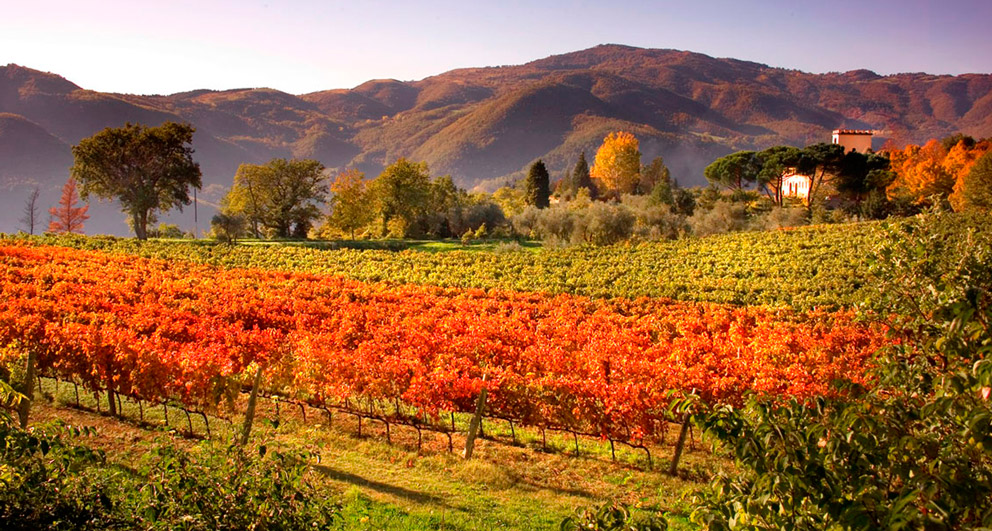
chianti rufina
Since 1716, the year of the Wine Decree by Grand Duke Cosimo III de’ Medici, the area of Pomino, covering a large part of the present Chianti Rufina, was considered one of Tuscany’s four most prestigious winegrowing zones, along with Carmignano, Valdarno di Sopra, and a part of today’s Chianti Classico.
Set between the city of Florence on the west and the Tuscan-Emilian Apennines to the east, the area around Rufina has a different topographical appearance than the classic, gently-rolling hills of Chianti because these hills rise steeply to meet the Apennine, mountains creating terraces, steep drops, and narrow, deep valleys, which gives this corner of Tuscany its wilder, pre-mountain character. The expanses of vineyards and olive groves, interspersed with dense woods, small villages, country churches and stone farmhouses confirm how the hand of man has successfully rendered these austere lands even more attractive and productive.
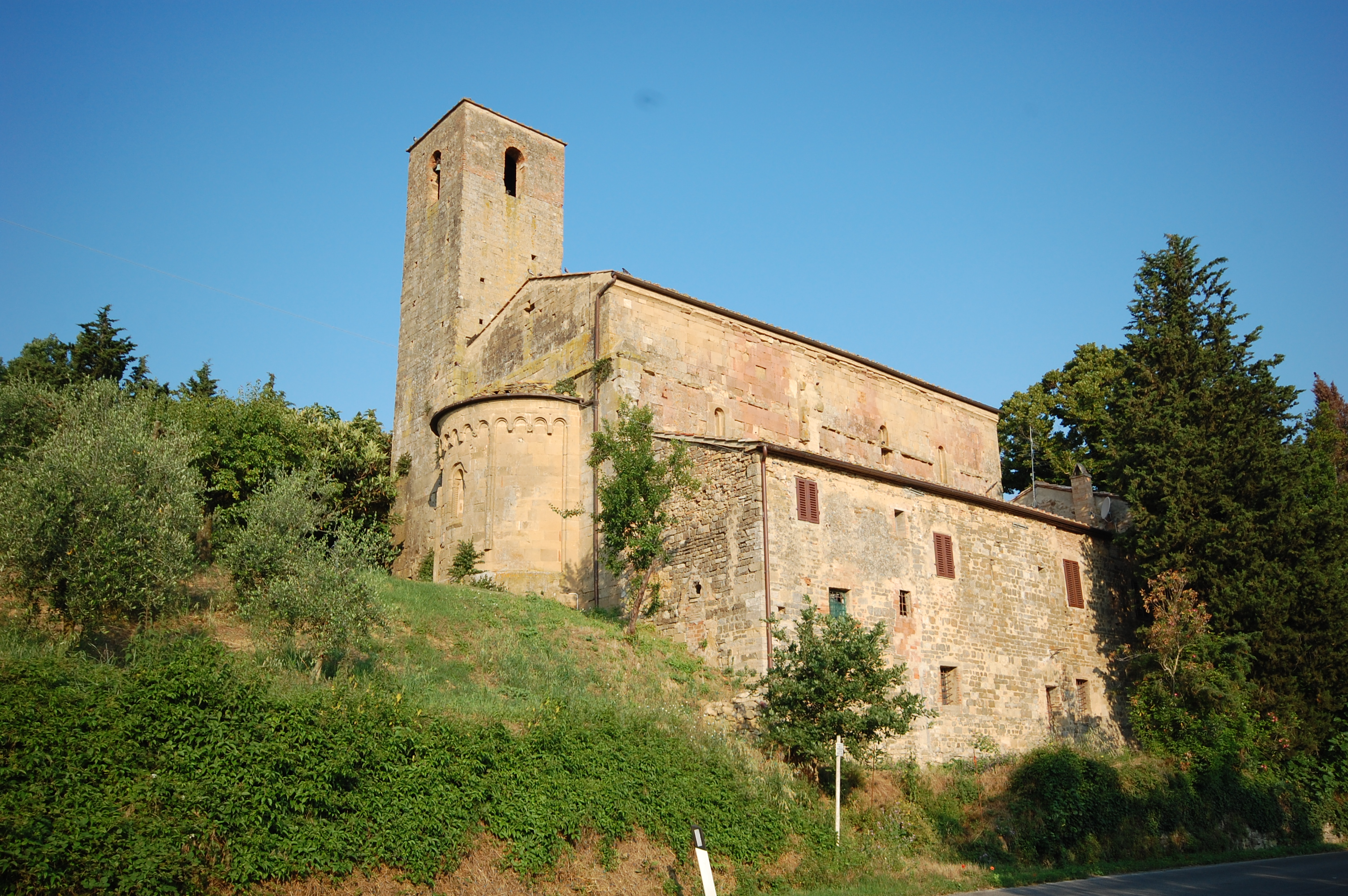
Art and cultur
There are a host of places that lovers of art and culture will want to visit during their stay at Colognole, including the ancient village of San Godenzo, and that of Pelago; the Castello di Pomino and that in Trebbio (known for the plot of the very ancient de’ Pazzi family); Vicchio, the birthplace of Giotto, the Monastery of Vallombrosa; the Romanesque church of Santa Maria in Dicomano and that of San Bartolomeo in Pomino; the 16th-century Villa di Poggio Reale di Rufina; Villa Gondi overlooking le Sieci; and the Ponte Mediceo in Pontassieve. Picturesque castles, thousand-year-old churches, remains of medieval forts, sanctuaries set in breath-taking landscapes, towers, museums (such as the Museum of Wine), Renaissance villas, paintings, frescoes, and a still-functioning mill (in the town of Pontassieve)--all contribute to add to the prestige and high reputation of this area, famous not just for its wine.
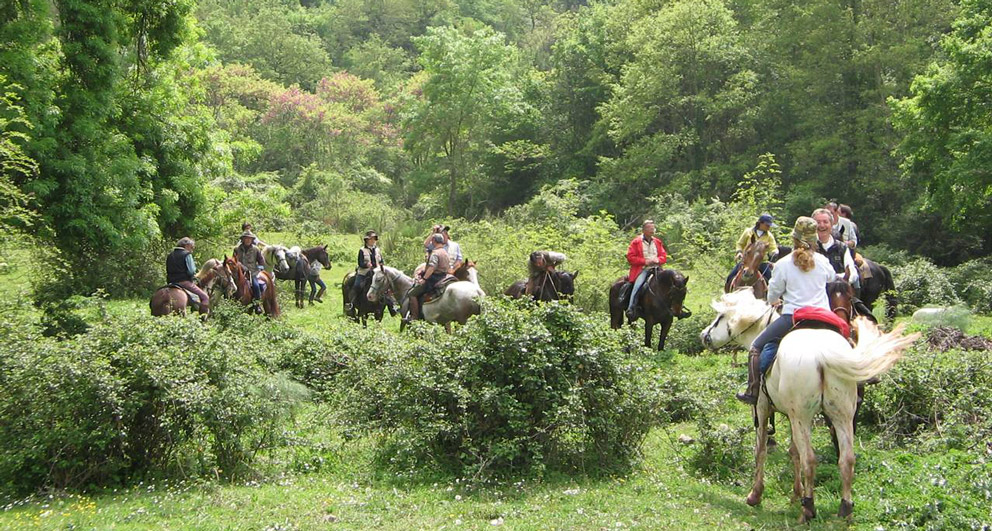
Walking and hiking
In addition to the fine wine and food excursions for wine-lovers, Chianti Rufina and its nearness to the Apennines offers walkers and hikers many tempting trails, among them Monte Giovi, the Muraglione; the Sorgenti dell’Arno (source of the Arno); the National Park of the Casentino Forests; Monte Senario and Vallombrosa, and so many other landscapes that will offer magnificent memories, the opportunity to observe wildlife—boar, deer, wild hare, etc--, and to gather the forest fruits in season: mushrooms, blackcurrants, chestnuts, etc.
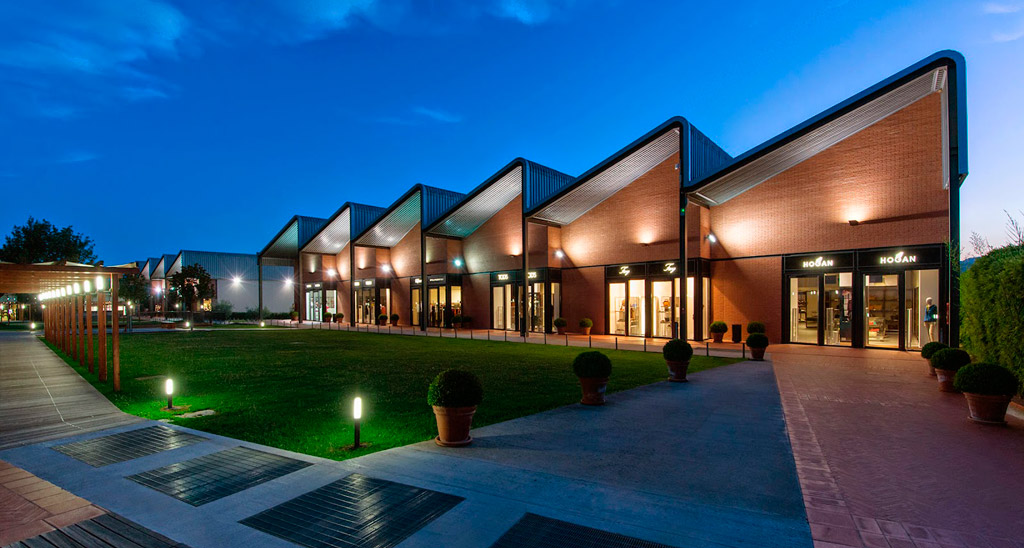
Shopping
Shopping addicts will find great treasures here, particularly at the Outlet di Barberino del Mugello and at The Mall, in Leccio, all just a few dozens of kilometres away. They each contain a host of shops to satisfy any need, from the famous luxury names to the wider-known brands.
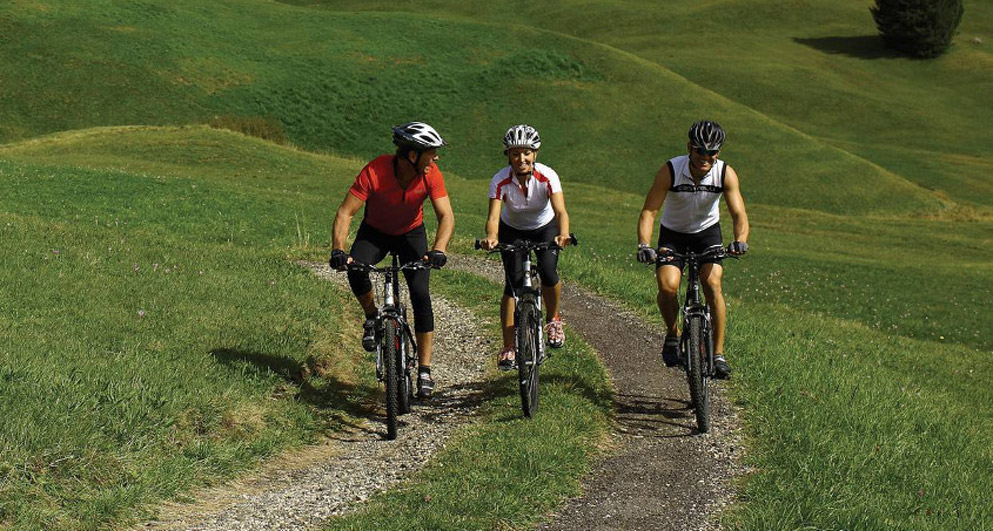
Sports
Those who love open-air sports will find in the Valdisieve, Mugello, and the nearby Apennine mountains everything they desire: long-distance hiking, mountain biking, rafting, hydrospeed, free climbing, sport fishing, and horseback riding.
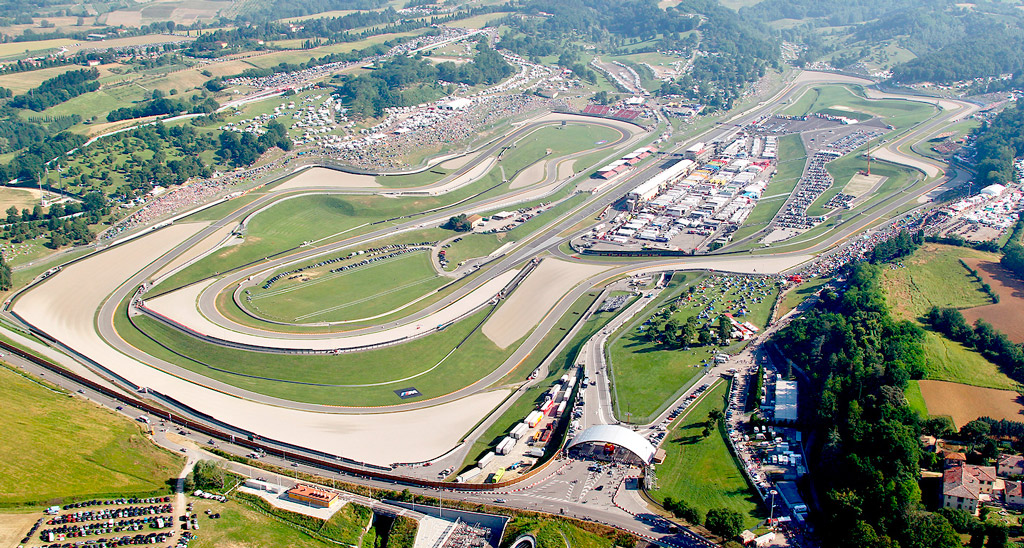
Car racing
For those who appreciate sped and thrills, on the other hand, the racetrack in Mugello is a “must attend”. For full information, go to its website.



